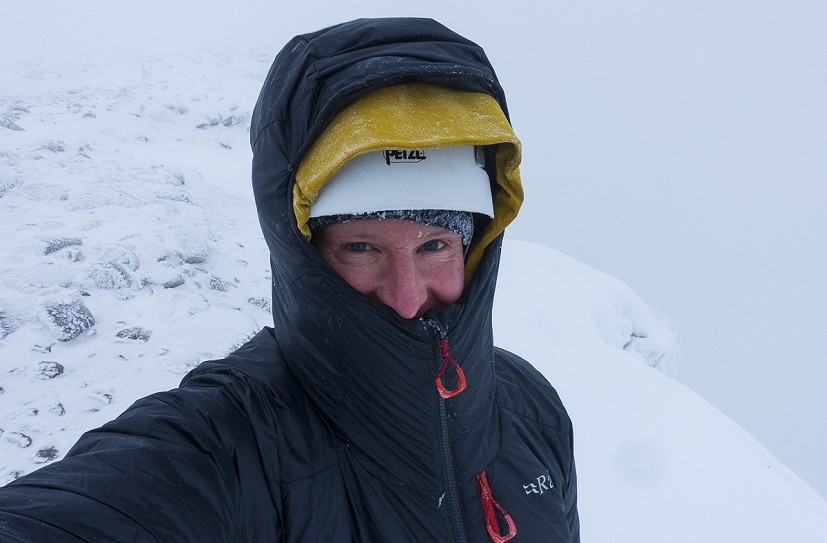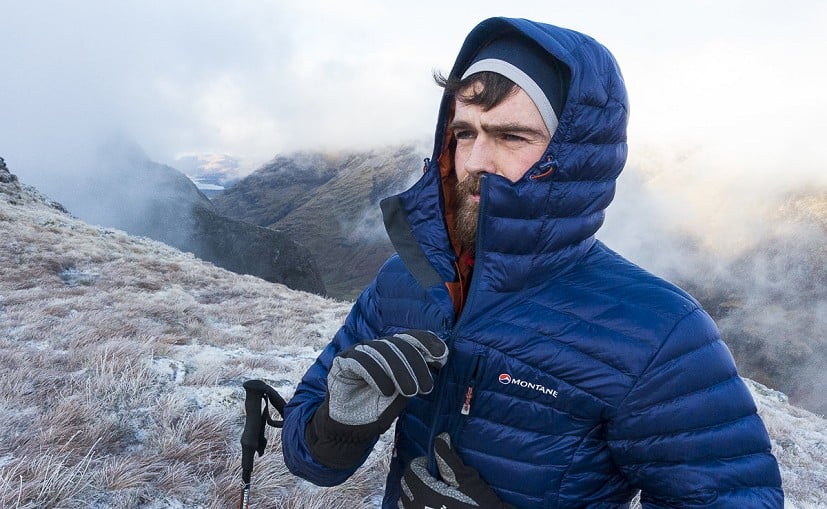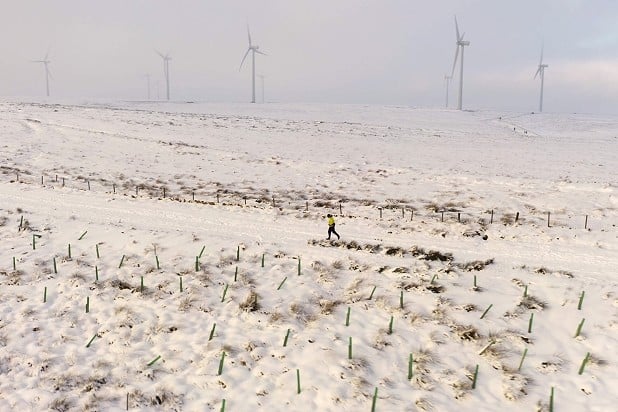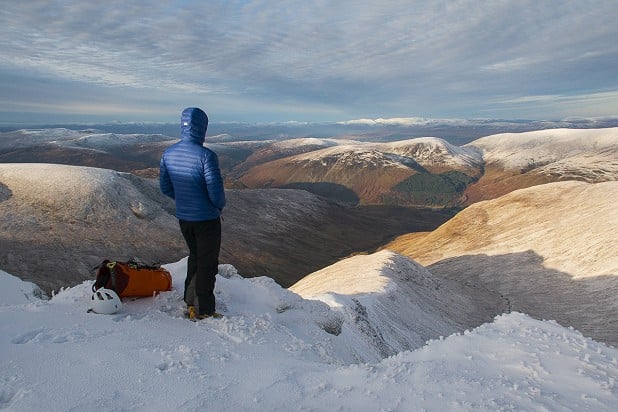Spare Warm Jacket
You know the standard advice: when out on the hills, carry spare insulation just in case. But do we always? With luck it'll end up as excess weight, something you might wish you'd left behind. But what if the weather takes a turn, you get lost or crag-fast, or someone's immobilised due to injury? An additional warm jacket (plus hat and gloves, in season) could make a critical difference - perhaps literally life or death.
Had my leg break been so severe that I could not stand, I would quickly have been in dire trouble. I was very cold and shivering within a minute
Whether you're walking or climbing, a belay jacket sized to fit over your other layers is the best bet for quick warmth and low faff. There's a place for down jackets but this should be a considered choice according to conditions, and in the UK's usual mix of damp and wind a synthetic insulated jacket will generally fare better.
Give yourself seasonal options: in full winter a mid-to-heavyweight synthetic jacket would be most appropriate, while in summer you'll usually get by with something lighter. It depends to an extent what you're doing too. Runners with limited pack space may need to make a different weight:warmth tradeoff than winter climbers, for instance.
Keep your jacket compressed in a waterproof stuff sack. While it'll spend much of the time crammed somewhere down in the pack, this 'spare' layer will still see use on a typical day. Whether on a long cold winter belay or a breezy summit stop, emergency layers aren't just for emergencies.

Runner Nick Small learned his lesson the hard way. It may have been a local route that he knew well, but a surprise slip put him in a serious predicament, a situation he hadn't gone equipped to deal with. His critical omission? Emergency insulation.
"After around seven miles I arrived at a part of the route called Stairs Lane" he says. "The heavy recent rains had coated it with running water which was now sheet ice. Given my footwear I decided that it was much too dangerous to walk on it, let alone run. I turned to head for home the way I'd come. BANG. I was down, my leg contorted beneath me. I heard the most awful crack and, simultaneously, was hit with both unbelievable pain and the instant realisation that I was in deep shit."
"I quickly calculated that waiting for mountain rescue was not an option. I was already feeling the bitter cold."
Nick was lucky his accident took place relatively close to help, and that he was able to move - albeit at an excruciating hobble. In a more remote setting the outcome could have been very different.
Read his full account here:
"Since that article was published, I've had many runners go out of their way to tell me that it made them change their habits when going out for a solo run, and not just in winter" Nick tells us.
"Quite a few had never carried a phone with them before, let alone a bag full of kit. Most fell runners know what the FRA minimum is for races, but they don't necessarily carry the mandatory kit when out for a training run on the hills."

"On the day I broke my fibula I was, in fact, carrying or wearing the mandatory kit. In retrospect, it wasn't enough. Had my break been an open fracture or one so severe that I could not stand, I would have been in dire trouble very quickly. I was very cold and shivering within a single minute.
"Unless you are extremely unlucky, most injuries that are likely to immobilise you out on the hills won't, themselves, be life threatening. However, hypothermia is. And, in winter especially, being immobile is quite likely to result in becoming cold very quickly. This is especially true if you are are wet (with perspiration for instance). For this reason, the most important lesson I learned from my unfortunate accident was to pack a spare warm/dry layer of clothes. And it's not just me. I asked Helen, an experienced fell runner who broke her leg on a remote Scottish mountainside, how she ranked packing a spare warm, dry layer in terms of importance. Her answer was unequivocal: essential."

"For a single item, if nothing else, a dry, lightweight, packable insulated jacket would be right at the top of my list" says Nick.
"The lightweight waterproof that I was wearing offered no warmth at all once I was stationary. If my injury had rendered me immobile, I would have had to wait for a significant period before mountain rescue got to me. I would guess that even a (very optimistic) twenty minute wait, in temperatures of -2C would have put me in significant danger. However, if I could have put on a light, down jacket underneath my damp waterproof, I would have greatly enhanced my chances of staving off severe hypothermia.
"But why stop there? It could be your life or death moment, right? You could be on the side of a mountain for ages waiting for help. Well, add some dry gloves in one pocket, a pair of 40 denier ladies opaque tights (or, at the very least, dry socks) in the other and a spare, dry, light merino base layer. Together, they'll pack so small and light (they easily fit in my vest running pack) that you'll scarcely know you have them until you are immobile and staring deadly winter chill in the eye. With dry fabric next to your skin and a warm layer on top, the wait for help becomes significantly less unpleasant.
"Just-in-case insulation might just keep hypothermia at bay long enough to save your life."
- For an illustration of how fast you might cool down if inadequately dressed, see this video from Scottish Athletics:
- For more on hypothermia see here:


